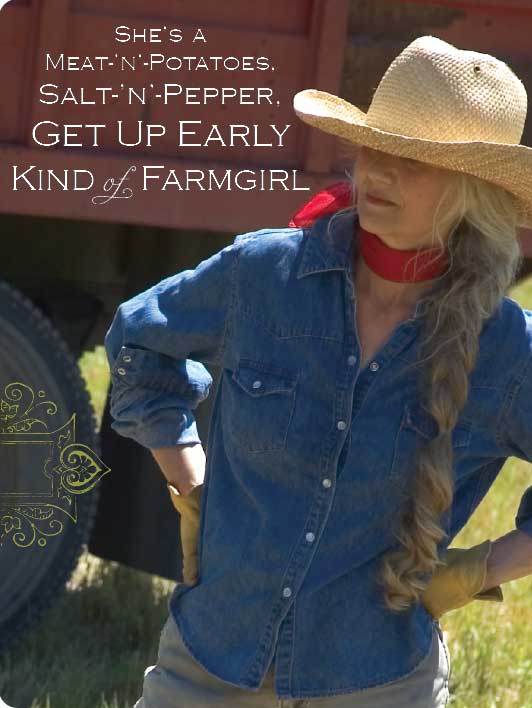Americans have lost touch with how food gets from the field to the dinner table. In the last 50 years, the packaging we’ve put between us and what we eat buffers us from the notion that dirt, sweat, and blood have anything to do with it.
Industrial agriculture has stepped in to handle the messier aspects of growing and gathering the plants and animals we kill to survive; all we have to do is pay for them, right? Driven by the notion that we are entitled to cheap food, we end up paying a much higher price than we think.
Large-scale corn, soy, cattle, poultry, and swine operations—fueled by gasoline, pesticides, and chemical fertilizers—are gobbling up land and spitting out food that results in, well, unhealthy animals and unhealthy people. Single-crop fields, planted to feed humans and livestock, effectively wipe out the biodiversity that keeps ecosystems in balance, and when that balance is upset, plants and animals become vulnerable to pest infestations and disease. Humans intervene with chemical “remedies,” and the situation only gets worse.
So what can we do to address this destructive practice on a personal level? Enter the “grass-fed” revolution. In an effort to right the innumerable wrongs of industrial agriculture, more people are seeking out protein grown naturally, the way nature intended. In other words, GRASS, pastoral scenes, renewable pastures, barns full of hay. It doesn’t mean billions of bushels of “cheap” genetically engineered corn and soy, ground up and then fed to animals. It doesn’t mean serving them the dead carcasses of other animals who sickened and died before they could be packaged and sold, and it doesn’t mean making the feed go further by using suspect fillers and subjecting animals to a life spent on antibiotics in order to keep them upright.
Seriously, when it comes to meat, you are what THEY ate, and the news is anything but good.
I’m spooked by “mystery” meat—the kind you pick up in a grocery store; the hamburgers served drive-by; the “local” rabbit meat that actually comes from China, where lab technicians subjected the caged rabbits to a battery of injections for the cosmetic industry, known as “tested on

